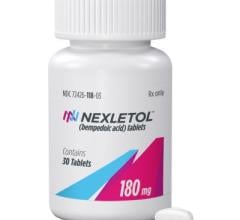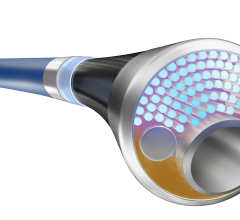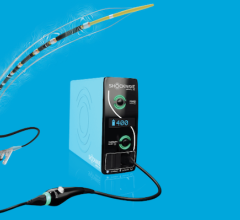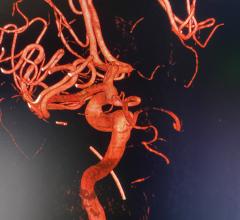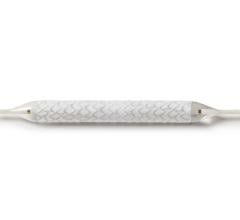
September 10, 2010 – With new tax on medical devices beginning in 2013, a guidewire original equipment manufacturer (OEM) believes this may dampen future funding for research and development. However, Lake Region Medical said it may offer greater opportunities to partner with the larger vendors it supplies as they try to make advancements in non-core products, such as guidewires.
Under provisions of the Patient Protection and Affordable Care Act (PPACA), beginning in 2013, manufacturers, producers and importers of medical devices will pay a 2.3 percent excise tax on all sales, which according to one estimate will amount to some $4 billion annually while having a significant dampening affect on funding available for future research and development, according to the Advanced Medical Technology Association.
“Leading medical device marketers are increasingly focused on core technologies and will rely on vendor partnering relationships to deliver R&D and manufacturing of critical, but non-core devices, such as guidewires and other interventional accessories,” said Jim Mellor, vice president of sales and marketing at Lake Region Medical. “For Lake Region Medical, the pressure on major medical device companies presents a growing opportunity to further serve the industry.”
Lake Region Medical is an OEM devices manufacturer, supplying several of the large medical device companies. It specializes in minimally invasive devices for cardiovascular, cardiac rhythm management, neurovascular and peripheral vascular applications.
New Guidewires
The company plans to release several new guidewires for cardiovascular, neurovascular and peripheral procedures during the Transcatheter Cardiovascular Therapeutics (TCT) scientific symposium, Sept. 21-28, in Washington, D.C.
Lake Region Medical has four proprietary technologies integrated into its wires.
• Twister core wire technology uses a twisting process to stimulate grain refinement of the core wire material to improve performance over conventional stainless steel designs. It reduces core twisting during torsional transfer to enhance torque control and improves resistance to wire deformation in tortuous anatomies.
• Microridge core wire technology tapers from the round central core into the distal core flat. This minimizes twisting in the distal core flat to provide better torque control. Gradual ridge transition minimizes tip prolapse and directs proximal “push” forces in the direction of the distal tip.
• Wedge crossing technology uses a wedge-shaped tip oriented at 90-degrees to the core ribbon. The gentle, rounded wedge shape reduces tip profile (.005"). The perpendicular orientation of wedge tip to the distal core maximizes distal support.
• Deflector side-branch access technology uses a core shaping ribbon that is oriented in the plane of the J-tip shape. It resists tip prolapse for controlled access to acutely angled side branches and directs proximal “push” forces in the direction of the distal tip.
Coronary Guidewires
• Flagship Frontline Guidewires – Employ Twister and Microridge core wire technologies to deliver good performance.
• Trailrunner Coronary Guidewires – Bi-metal core design enhances performance in procedures requiring a highly excellent deliverability, torque control retention and enough support to deliver most interventional devices.
• Hydrate Coronary Guidewires – Provide smooth tracking and good steering control for enhanced access in complex anatomy during angioplasty.
• Flagship HS Crossing Guidewires – Deliver better crossing performance during difficult lesion cases through a combination of the Twister, Microridge and Wedge technologies.
• Freeway and Railrunner Coronary Crossing Guidewires – Tapered and nontapered distal tip designs, good torque control and dual tip coatings allow access to highly stenosed lesions.
• Flagship SB Side-Branch Access Guidewires – Its J-tip design reduces guidewire prolapse in the main vessel and transmits force in the direction of the target side-branch vessel.
• Excursion Transradial Coronary Guidewires – Aids transradial approach with its low-profile design and torque control to facilitate guidewire and device delivery in small, tortuous vessels.
Peripheral Guidewires
• Rapidwire and Rapidwire Plus Peripheral Interventional Guidewires – Provides good torque control and distal vessel access within smaller, complex, peripheral vasculature and contralateral interventions.
• Taxi Endoscopic Guidewires – Features dual-colored spiral pattern for enhanced visualization, nitinol core for greater kink resistance, radiopaque distal tip for easy positioning and device exchange and highly lubricious coating of both tip and wire for enhanced performance in endoscopic procedures.
For more information: www.lakergn.com

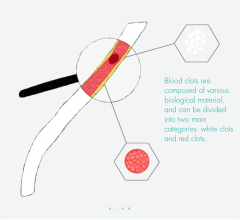
 December 16, 2024
December 16, 2024 
